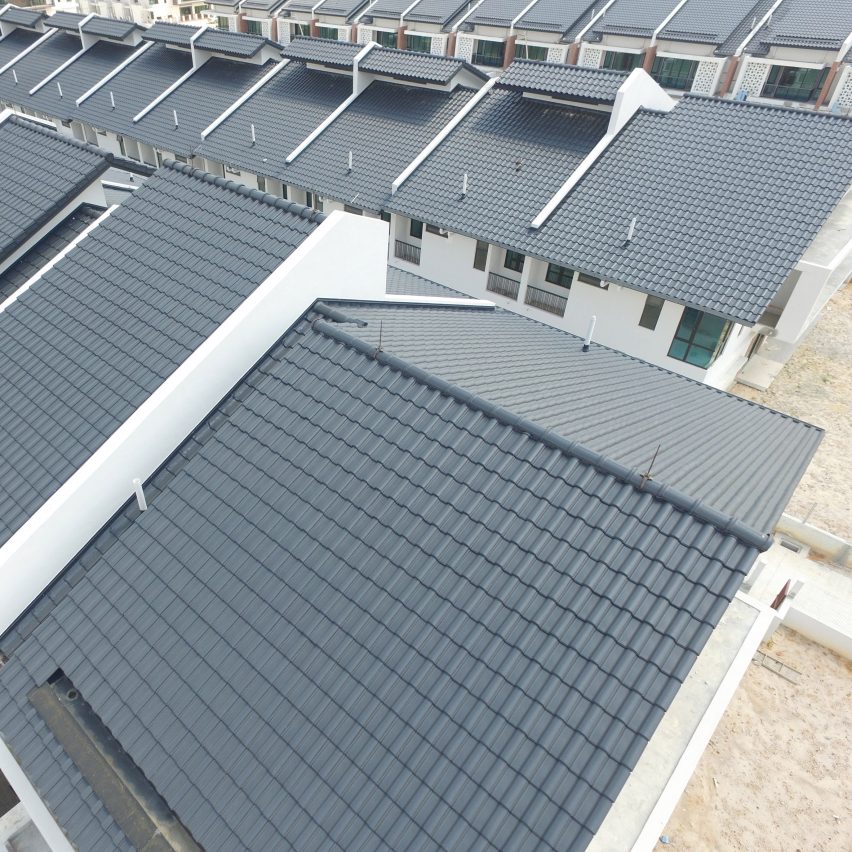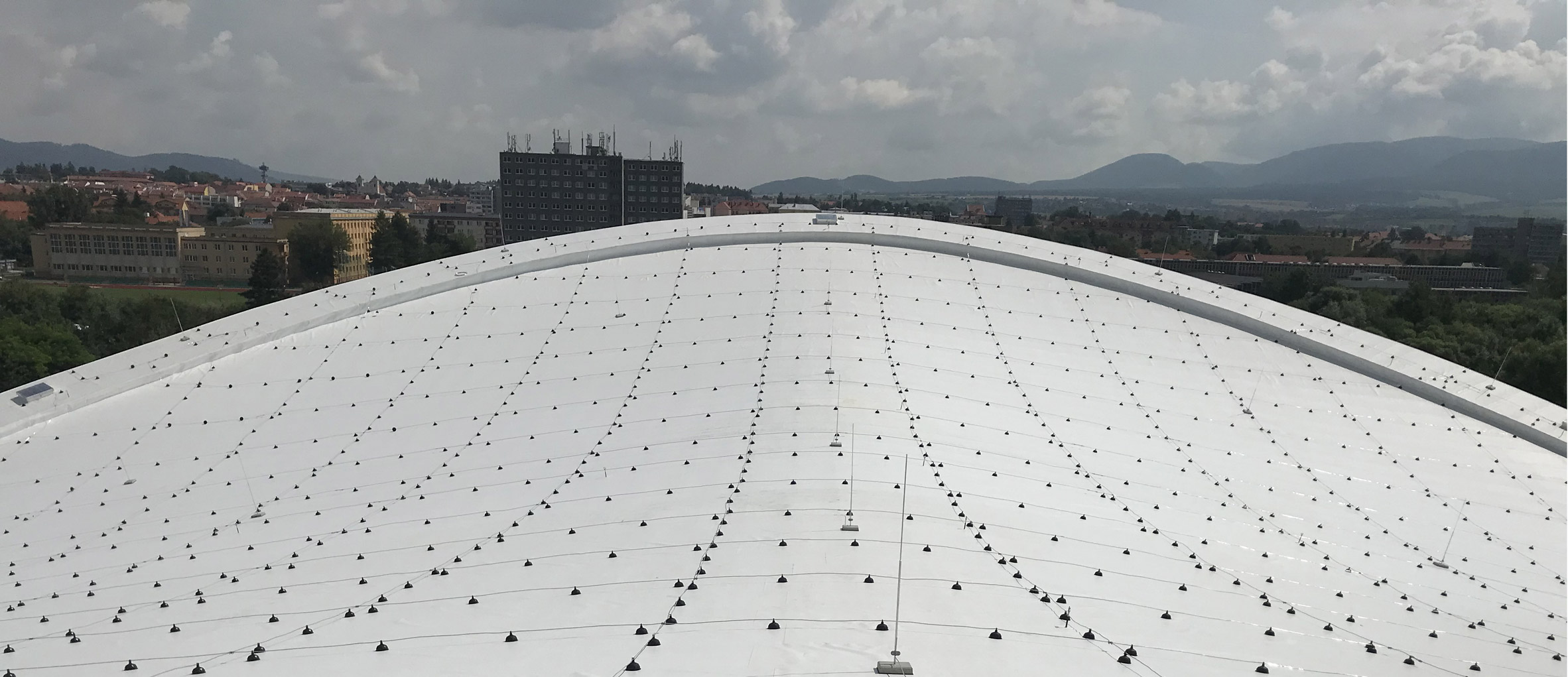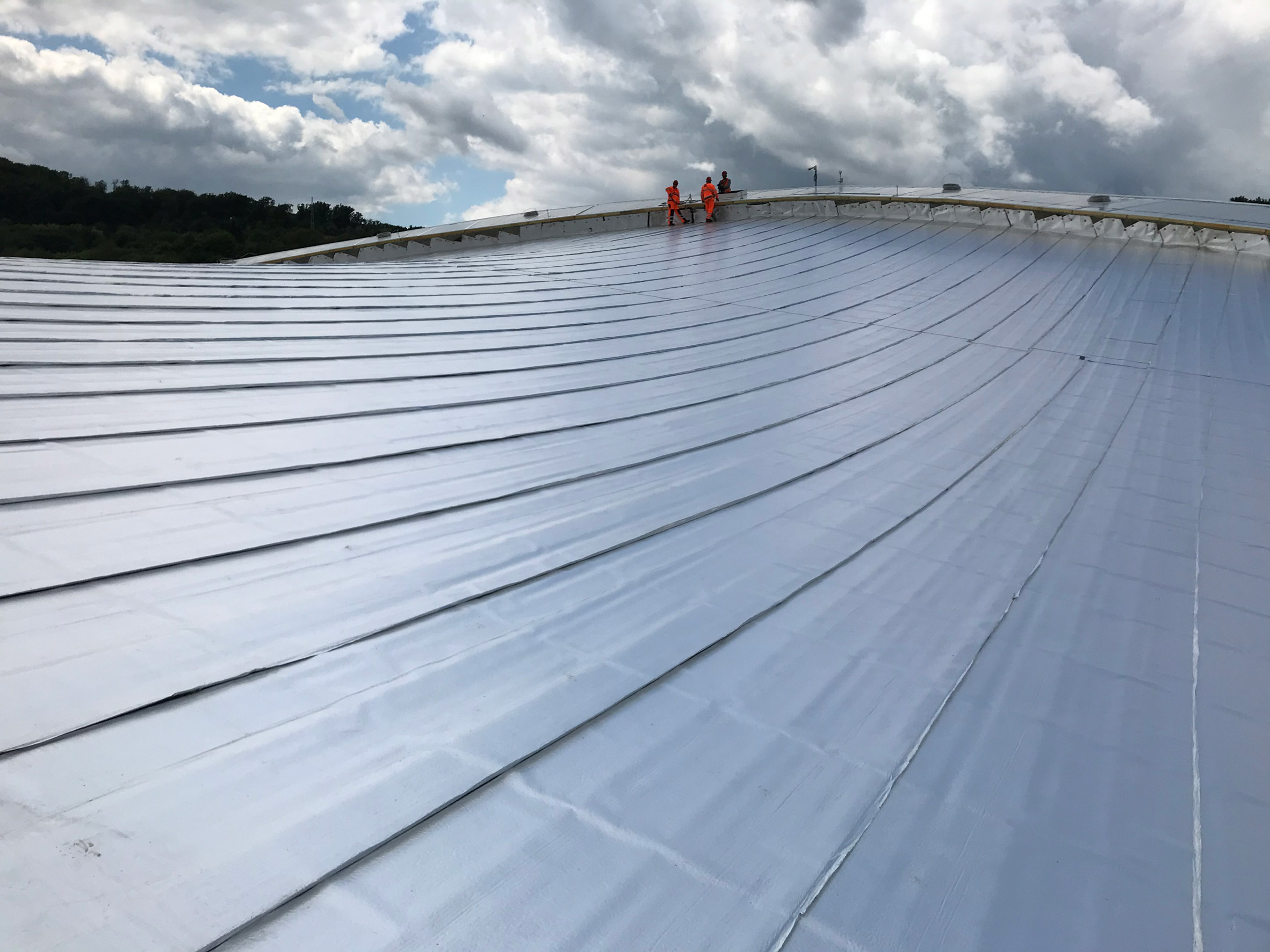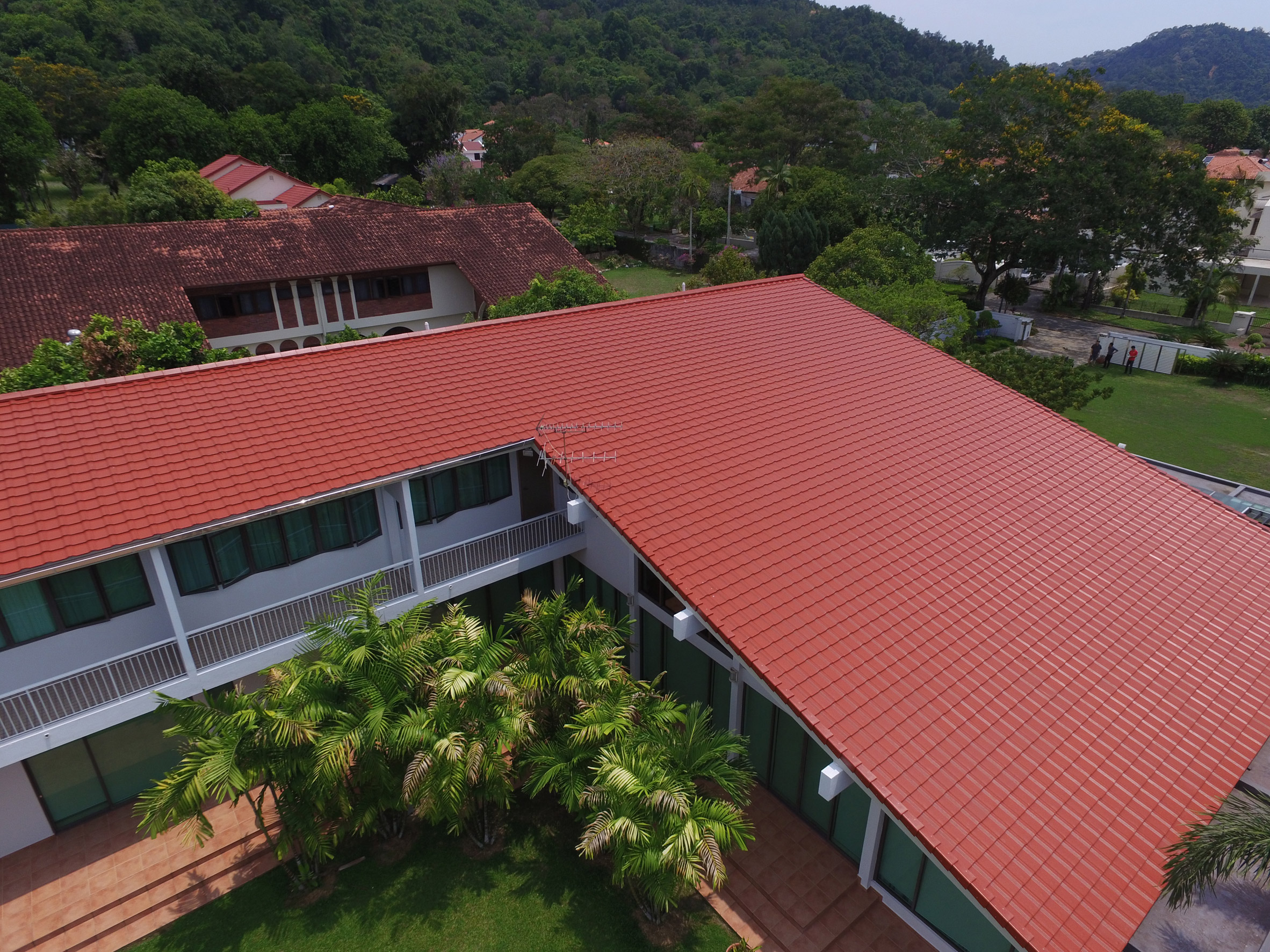BMI Group's "cool roofs" reduce interior temperatures while benefitting the environment
Dezeen promotion: research conducted by Europe's largest roofing and waterproofing company, BMI Group, reveals the opportunities presented by cool roof systems. BMI Group recently published a report titled The Architect Effect, which reexamined the role of the modern architect, suggesting ways that those in the industry can remain relevant and influential in the construction process. The post BMI Group's "cool roofs" reduce interior temperatures while benefitting the environment appeared first on Dezeen.


Dezeen promotion: research conducted by Europe's largest roofing and waterproofing company, BMI Group, reveals the opportunities presented by cool roof systems.
BMI Group recently published a report titled The Architect Effect, which reexamined the role of the modern architect, suggesting ways that those in the industry can remain relevant and influential in the construction process.
According to the company, making better use of roofs is one of the solutions, as the potential to incorporate active roofs into buildings is not always considered.
This includes the use of BMI Group's "cool roofs", which feature different technologies that reflect solar radiation to prevent the roof heating up and raising temperatures inside the building.

As the company explains, these types of roofs can offer benefits both to the buildings themselves as well as the wider environment – especially in hotter countries and climates where temperatures are rising due to global warming.
BMI Group's cool roof solutions are capable of reducing room temperatures by up to 10 degrees.
This can lead to further reductions of up to 60 per cent in air conditioning costs, and 30 per cent in electricity costs.

"With the world experiencing a consistent rise in temperatures over recent years, the ongoing effects of climate change and its effect on extreme weather patterns are putting an ever-greater focus on topics that architects will all be familiar with: urbanisation (and the urban heat island effect), sustainability and energy efficiency," said BMI Group.
"There is an emphasis on finding solutions to global warming that do not rely on excess electrical energy consumption – particularly from non-renewable sources – and this is why there is an urgent effort to find mass market solutions that reduce energy consumption through clever building design and material choices," added the company.

Many of BMI Group's cool roof products and systems can be added to existing structures to improve their performance.
An example of one of the company's cool roofs in action is a new ice-sports stadium in Prešov, Slovakia, which has been roofed with BMI EverGuard TPO – a single-ply synthetic membrane made from thermoplastic polyolefin (TPO).
"The real efficiency of any cool roof is obviously the sum of all the roofing materials and its thermal insulation, and as TPO is often used in low-insulation steel structures, it can have a high impact on a building’s energy efficiency too," said the company.
Other products like BMI Group's Sealoflex liquid waterproof coating, which has a high SRI Solar Reflective Index (SRI), can be painted onto an existing flat roof to help to reduce the heat absorbed from the sun.

BMI Group has also tested its cool roof products in Malaysia, which has a hot and humid climate throughout the year.
In tests carried out in 2013, the company compared a building featuring its cool roof to a standard roof construction and discovered that its own system resulted in a reduction of three degrees in indoor air temperatures.
This, in turn, led to a 50 per cent decrease in air-conditioning costs – based on the length of time saved that the air-con would need to be on to achieve the same room temperature.
More information on BMI's roofing solutions, their research into this area, and on cool roofs specifically, can be found on its website.
The post BMI Group's "cool roofs" reduce interior temperatures while benefitting the environment appeared first on Dezeen.
